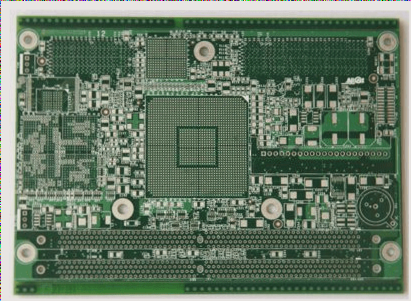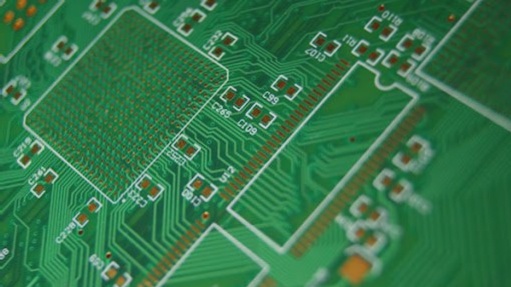Rigid-Flex PCB Design Essentials
Designing a Rigid-Flex PCB involves intricate considerations like signal direction, energy flow, and heat management. The key focus areas can be simplified into two main aspects: placement and connection.
Placement Matters
- Pay close attention to prioritizing critical signal lines, including small signal simulations, high-speed signals, clock signals, and synchronization signals.
- When laying out the design, start wiring from components with complex connections and the most densely populated areas on the board.
Connection Complexity
Connecting the PCB components is a more intricate process that involves:
- Emphasizing the wiring of key signal lines.
- Adhering to the density-first principle for efficient connections.
- Strategic placement of high-speed signals, clock signals, and synchronization signals.
Latest Developments:
Recent advancements in Rigid-Flex PCB design focus on enhancing signal integrity through advanced materials and innovative routing techniques. Engineers are now exploring flexible substrates with improved thermal properties to address heat dissipation challenges in compact electronic devices.




